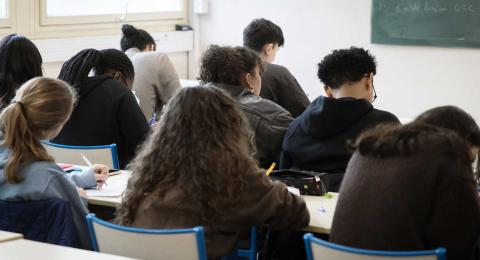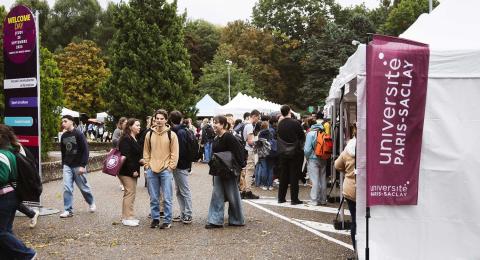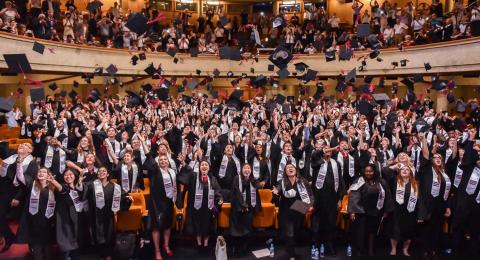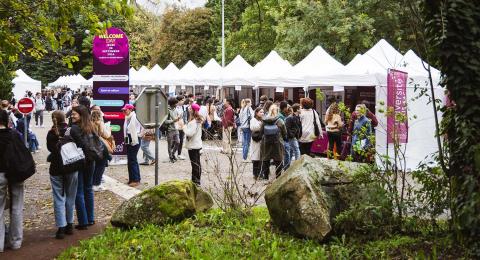M2 Nanosciences
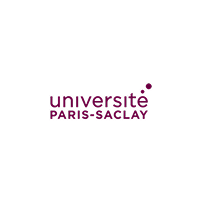


Information
Skills
Understand and use specialised nanosciences knowledge with the requisite scientific rigour.
Objectives
This M2 is not offered next year
From the beginning of the academic year 2021-22, the M2 Nanosciences and the M2 LOM merge to become the M2 QLMN : Quantum, Light, Materials and Nano Sciences.
The M2 QLMN offers a specialization through three tracks:
- Light and Matter
- Condensed matter and its interfaces
- Nanodevices and Technologies
The themes of the M2 nanosciences will be mainly taken up by the tracks"Condensed matter and its interfaces" and "Nanodevices and Technologies"
The objective of this program is to offer top-level training in nanoscience. It relies on the skills available in Paris-Saclay's laboratories as well as on existing technological platforms. It is an ambitious program that helps students structure their way of working, with three possible options:
• Nanophysics,
• Nanodevices and Nanotechnologies
• International track in nanoscience (in English)
with different approaches based on fundamental physics, applied physics, information science and technologies and Nano bioscience.
Graduates can seek a career in areas that are strongly related to nanoscience and emerging technologies:
• academic staff,
• research and development engineer in optics, nanoelectronics, matter, biosciences, biotechnologies, health...
After PhD graduation, doctors can continue as post-doc in an academic lab (45%) or valve their experience as engineer of research for in companies or organizations as ONERA (40%). About 14% get a permanent academic position.
Fees and scholarships
The amounts may vary depending on the programme and your personal circumstances.
Capacity
Available Places
Supporting documents
Compulsory supporting documents
All transcripts of the years / semesters validated since the high school diploma at the date of application.
Curriculum EU (description of the units of education followed) of the last two years.
Curriculum Vitae.
Motivation letter.
Additional supporting documents
Certificate of English level (compulsory for non-English speakers).
Choice sheet of M2 (obligatory for the candidates registered in M1 at the University Paris-Saclay) to download on https://www.universite-paris-saclay.fr/en/admission/apply-master-programmes.
VAP file (obligatory for all persons requesting a valuation of the assets to enter the diploma).

